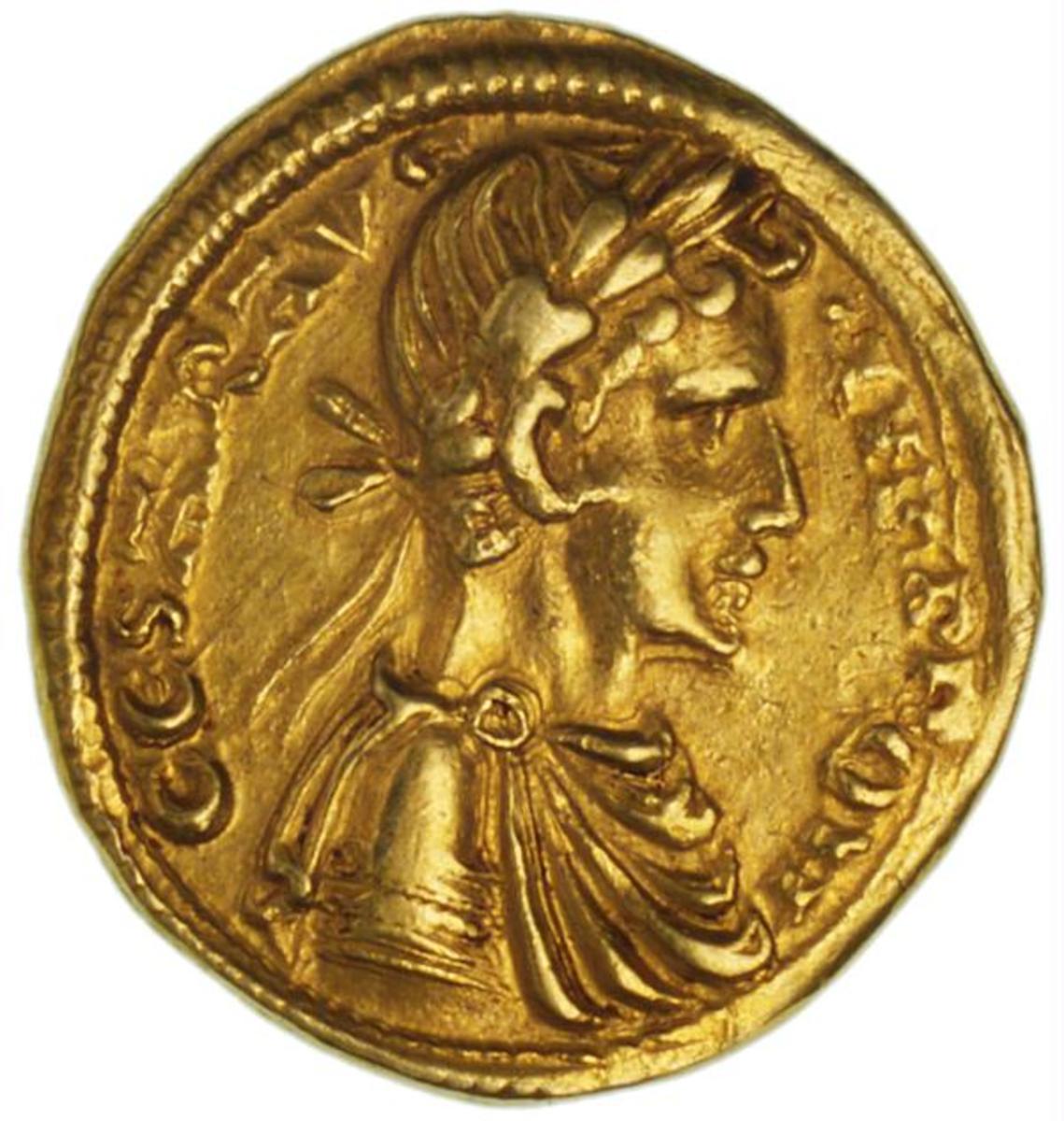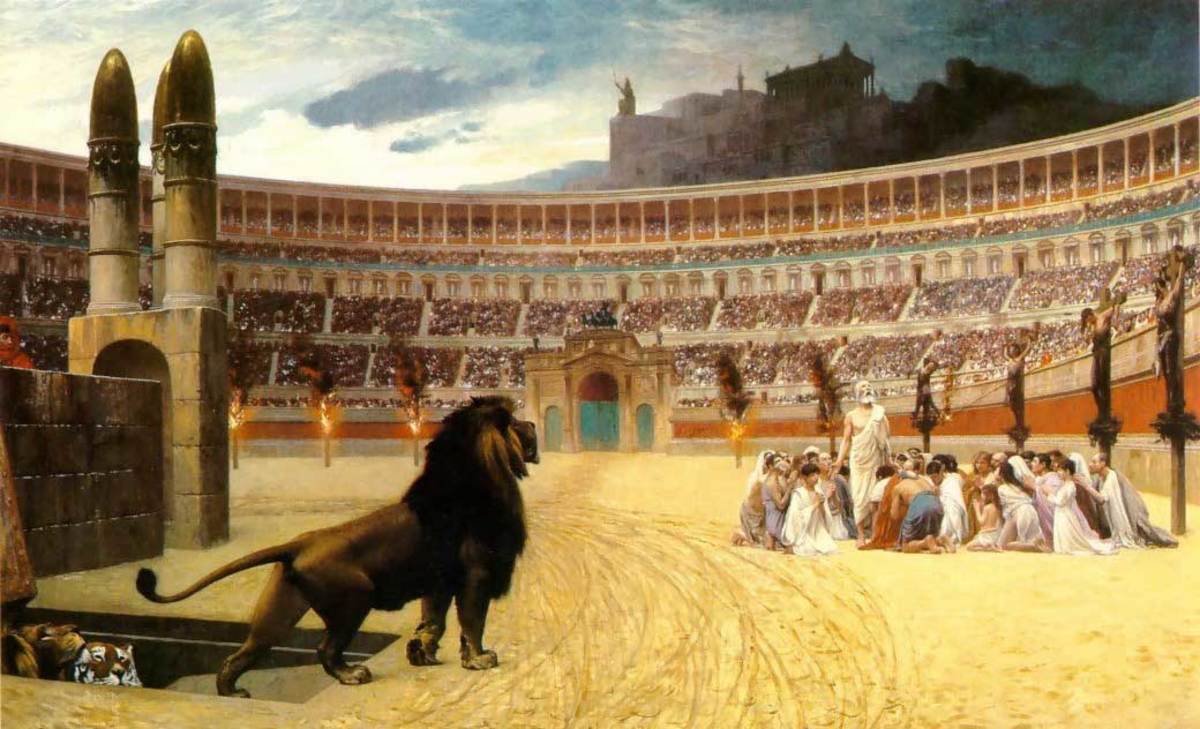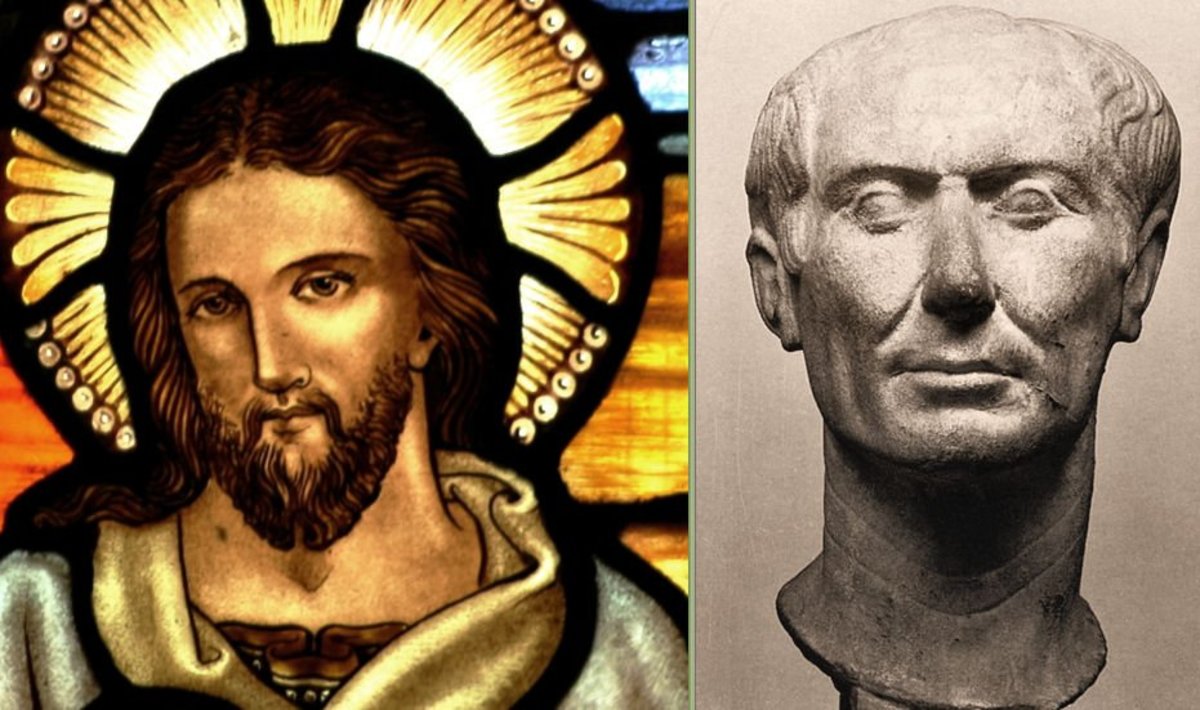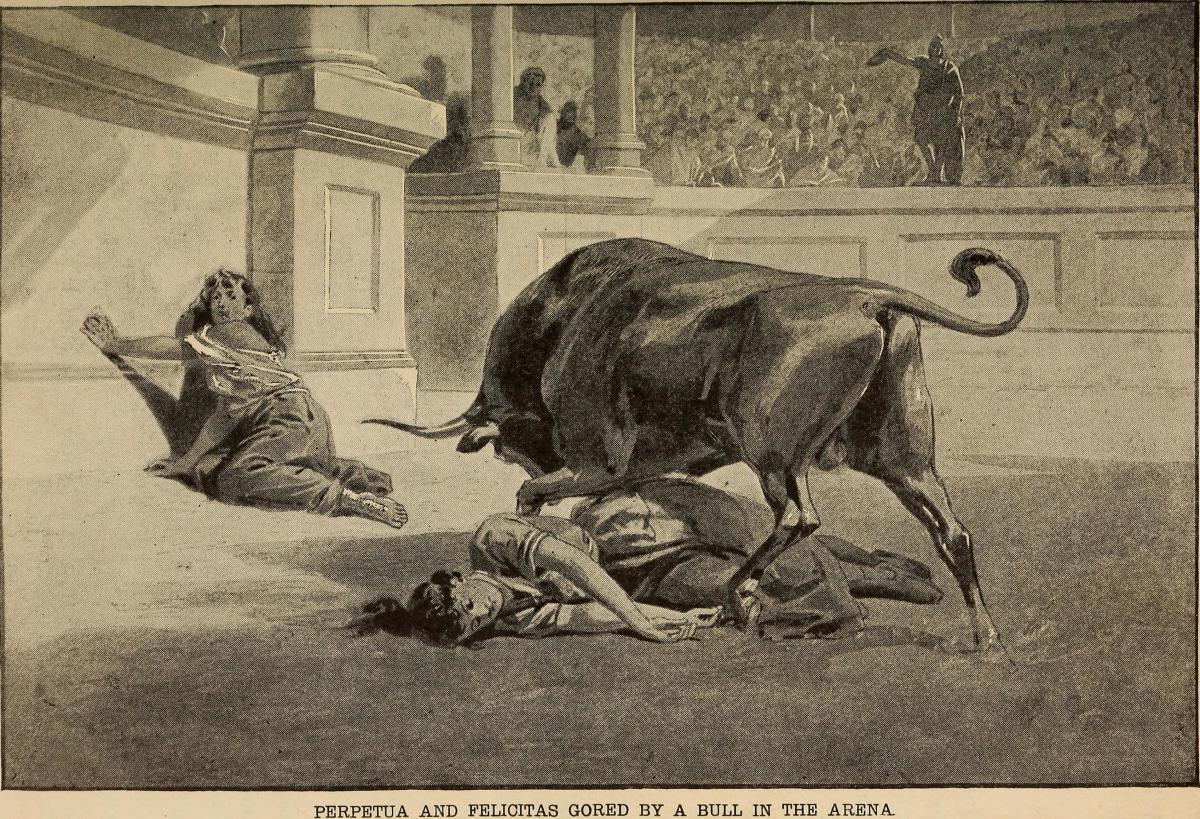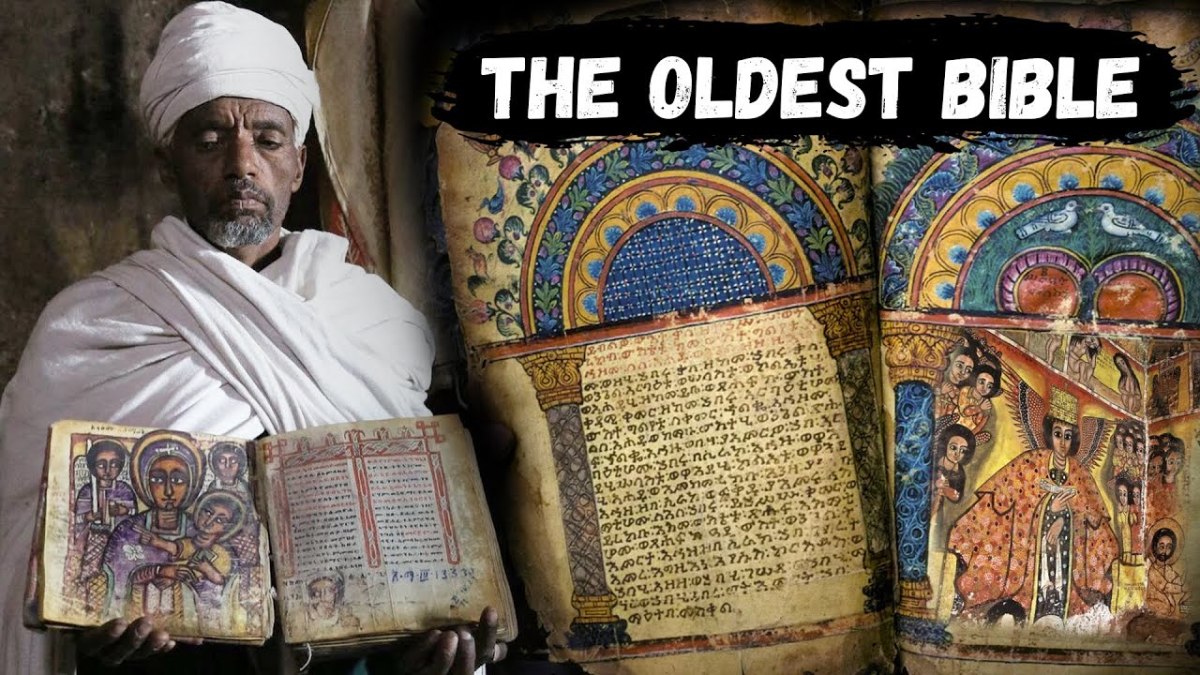A New Look at the History of Christianity -Chapter 7

What has happened to the Church over time? Can New Testament Christianity be restored?
History of Christianity Number 7 – The Restoration Church
- As the Christian Movement carried out its original command to “go to all nations” the new European Churches began to take the new message of Christianity into the rest of the world.
- The Roman Catholic Church had already moved into many areas and so many countries had embraced Roman Catholic Christianity. The Reformation Churches were established in many countries. At the same time many new movements had started over time. These movements include Mormonism, Christian Science, Assembly of God, the Holiness Groups and the Jehovah Witnesses to mention just a few. All claimed to be followers of Christ, and many to be the only “true believers”.
- According to modern research there are over 45 000 different Christian Churches in the world. The largest being the Roman Catholic Church.
- An important question has to be asked and answered honestly namely: “What happened to the Church that we read about in the Bible?” Logically a second question has to follow: “Is it alright to have so many different Churches teaching different doctrines?” A third question then must follow: “Is what a church teaches important?” The answer to the last question must be yes! (Read 2 Cor.11:4-6; Ephesians 4:3-6)
- If it is important what a church teaches how can we determine what is important and what is not?
- Restoration means something is broken. One of the first big movements to restoring the New Testament Church was started by early evangelists in the USA who went to preach in small towns where different denominational churches worshipped separately on Sundays. So they travelled from town to town preaching to their particular denomination. This division made no sense and so a new group of thinkers arrived at a new solution to the division that existed. What was separating the Presbyterians from the Methodists, the Baptists, the Anglicans and the Quakers? What if each group took a careful look at their teaching and then looked at what the Bible taught? So a new movement started called the Restoration movement.
- The basic challenge was to go back to the Bible and see what it actually taught. Starting with how to become a Christian. What did the different churches teach? Also what did the Bible teach about the organization of the congregations? When did things change? Could we just go back to what the Bible taught? Who would decide what was genuine? This has always been the question and often divisions were made on the basis of unimportant issues.
- At the same time the question of why the teaching of the church drifted so far from what can be referred to as simple New Testament Christianity, was being asked in other places in the world and changes were made.
- Leaders in this new thought were men like James O’Kelly, Barton Stone and Thomas and Alexander Campbell. Some broke away from the Presbyterian Church and they formed what were referred to as Seceder Congregations in Scotland. As divisions developed among these new thinkers the restoration movement took on different names and teachings. Eventually a worldwide movement developed known as the Restoration Movement. Congregations took on the name Church of Christ as the Apostle Paul refers to the movement in his time in writing to the Church in Rome (Romans 16:16)
- The question then must be asked; is it possible for a group of believers to take a fresh look at the Bible and restore what could be called New Testament Christianity in its simple form?
- What about the future?
- What is obviously needed is for Christians to seriously study the Scriptures and to be certain that they individually, and as a church in the whole, are on the right track. Then the lost must be sent the life-giving message of the gospel (Romans 1:16; Matthew 28:18, 19).This must be followed by teaching its members to live up to the challenging teachings of Jesus.
- Important issues that were asked and answered related to questions about how individuals are saved, how different congregations are organized, what the name of the Church should be and what is important in worship? Obviously the name of the church is important and also who controls the congregation and how it is organized has to be looked at.
- Fortunately these questions can and should be answered if the Scriptures are looked at carefully and honestly. Freedom of interpretation of the Scriptures is vital and no congregation or group should control what another congregation or group teach or believe. Any teaching needed to be justified by what the Bible says. The members of any congregation are responsible to see that Biblical truth is taught in their own congregation.
- So perhaps it would be good to take the question of what must a person do to be saved and compare what different denominations including the Church of Christ teaches and practices? Many today would say just follow the practice and teaching of your Church and you will be good. If this differs from what the Bible teaches then the question must be asked: “where did that teaching come from?” Vital questions that every person has to ask and answer!
- Some of the important principles that members of the Restoration Movement (Churches of Christ) hold on to are: 1) Salvation by faith and through baptism by the immersion of a believer. 2) Speak where the Bible speaks and be silent where the Bible is silent. 3) Worship in singing, prayer, communion, giving and preaching/teaching. 4) Doing good by showing love to each other and to non-members. 5) Reaching out to the lost. 6) Living lives in step with the teachings of Jesus. 7) Following the New Testament as the New Covenant.
- What about the future? What does God think as he looks down at what has happened in the past and present? My advice is read your Bible and listen honestly and seriously to God’s voice as recorded in the Bible through His chosen prophets and disciples. (2 Timothy 3:16) Then make a serious choice as to your involvement in sharing the Gospel message. (Romans 1:16, 17)
References:
- NIV translation of the Bible.
- Womack, M. The Church through the Ages – Part 1 and 2 R.B. Sweet Co., Inc. Texas


